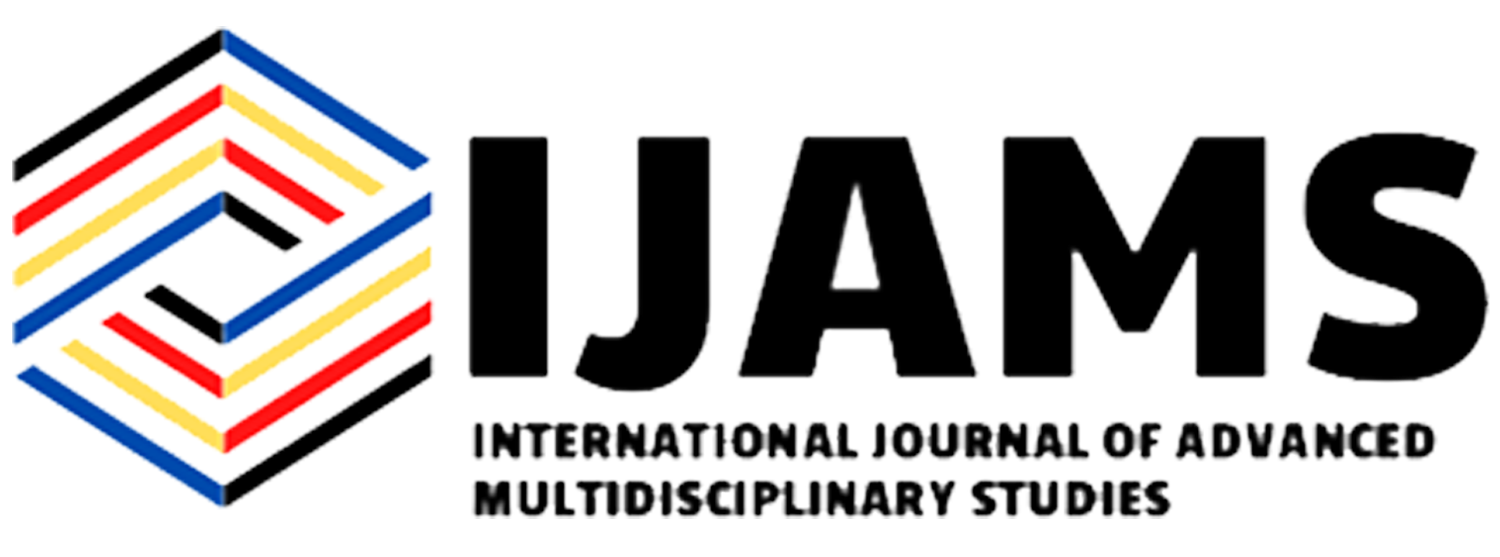ISSN: 2782-893X
eISSN: 2799-0664
 ISSN: 2782- 893X
ISSN: 2782- 893X


—— This study aimed to Determine effectiveness of Student-Team Achievement Division (STAD) to the Task performance of the Grade 7 Learners in Technology and Livelihood Education Subject. The findings of the study served as a basis of a proposed Instructional Supervision plan. The method used to gather relevant data was Quasi Experimental Research Design for Grade 7 Learners to complete in the 2nd grading period and the performance of the respondents was based on their test scores before and after the Student-Team Achievement Division (STAD) has been introduced and delivered in the classroom during the teaching and teaching and learning process. The output of this study is to provide instructional supervisory plan to help the teachers to create a more effective learning processes that would help the learners to improve their skills or Task performance. The test of the difference between the pre- and post-test scores of the Grade 7 students who are the study’s respondents. The responses to the pre- and post-validation questions, both before and after the integration of the Student-Team Achievement Division (STAD) during the teaching and learning reading based on the various most important learning competencies in teaching, particularly during the second grading period which lasted for 4 weeks or 1 month, are shown in this table. The study’s conclusions regarding the integration of the intervention with the Student-Team Achievement Division (STAD) indicate that there were favorable outcomes or noteworthy effects brought about by the intervention. The test of the difference between the pre- and post-test scores of the Grade 7 students who are the respondents of the study is presented in the table above. The results are coming from the pretest and posttest performance of the learners before and after the integration of the student-teams achievement division during the delivery of the lessons in the second grading period based from the identified learning competencies that were delivered for the entire 4 weeks or 1 month on the implementation. Based on the findings, The Test of Difference Between the Scores in the Pre-test and Post-test of Grade 7 Students in Technology Livelihood Education (TLE) results provide important information about how well the Student-Teams Achievement Division (STAD) method works to enhance task performance. The baseline pre-test mean represents the first level of TLE proficiency achieved by Grade 7 students prior to the integration of STAD. The mean score obtained from the post-test indicates a noteworthy rise, indicating a better comprehension and utilization of TLE concepts overall. The null hypothesis (Ho) is rejected because the computed t-value is greater than the critical t-value, indicating that there is a statistically significant difference between the pre- and post-test scores. The significant rise in the mean score indicates that STAD’s cooperative and collaborative learning techniques have helped students become more proficient in TLE material. The confidence in directly attributing this improvement to the intervention is strengthened by the rejection of the null hypothesis. The choice to reject the null hypothesis suggests that the pre-test and post-test scores actually differ from one another and are not the result of chance. As a result, it offers empirical proof that the STAD approach influences Grade 7 learners’ task performance in TLE in a noticeable way. This study highlights the effectiveness of collaborative learning strategies in raising student outcomes, which has practical implications for educators. Keywords — Effectiveness Student-Team Achievement Division Performance Grade 7 Learners TLE